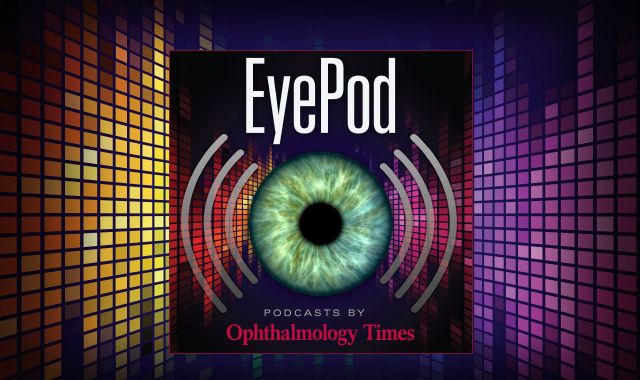News
Article
NIH researchers use AI to enhance retinal imaging
Author(s):
Key Takeaways
- AI-enhanced imaging achieves cellular-level resolution, rivaling advanced devices without specialized equipment, offering cost-effective and rapid alternatives.
- The AI system, trained on over 1,400 images, improves image clarity eightfold, aiding early disease detection and treatment monitoring.
Scientists enhance eye imaging with AI, achieving high-resolution views of retinal cells, potentially revolutionizing disease detection and monitoring in clinics.
(Image Credit: AdobeStock/tadamichi)

The National Institutes of Health (NIH) has shared that scientists have used an artificial intelligence (AI) program to enhance a device designed to see tissues in the back of the eye. This enhancement has allowed the program to images with sharp enough resolution to make out individual cells.1
The imaging resolution of this rivals the most advanced devices available while being more cost effective than those advanced devices, faster, and without requiring specialized equipment or expertise. The AI strategy has implications for early detection of disease and for the monitoring of treatment response by making what was once invisible now visible.
Johnny Tam, PhD, investigator at NIH’s National Eye Institute and senior author of the study report, which published in Communications Medicine, is quoted in the NIH press release on this subject as saying, “AI potentially puts next-generation imaging in the hands of standard eye clinics. It’s like adding a high-resolution lens to a basic camera.”
Imaging of the eye is key to diagnosing conditions that can lead to vision loss or blindness. The release notes that a scanning laser ophthalmoscope is standard in most eye clinics, but its resolution can only make out structures at the tissue level—things such as lesions, blood vessels, and the optic nerve head. Next-generation ophthalmoscopes enabled with adaptive optics—a technology that compensates for light distortion—can make out cellular features, providing greater diagnostic information. However, adaptive optics-enabled imaging is still in the experimental phase.
In this experimental vein, Tam and collaborators developed a custom AI system to digitally enhance images of the retina’s pigmented epithelium (RPE). They began by teaching the system to recognize image quality as poor, moderate, or good. In order to achieve this, researchers used more than 1,400 images from different areas of the retina, obtained using adaptive-optics ophthalmoscopy. Next, they fed the system corresponding images from the same retinal locations but obtained using standard ophthalmoscopy. An image sharpness test showed that AI improved clarity eightfold.
Tam elaborated on this process, saying, “Our system used what it learned from rating the images obtained from adaptive optics to digitally enhance images obtained with standard ophthalmoscopy. It’s important to point out that the system is not creating something from nothing. Features that we see in RPE cells with standard imaging are there, they’re just unclear.”
Joanne Li, PhD, first author of the report and a biomedical engineer in Tam’s lab spoke to the researchers’ imaging strategy, saying, “Our indocyanine green imaging strategy allows RPE cells to be quickly and routinely assessed in the clinic. With AI, high quality images of the RPE cells can be obtained in a matter of seconds, using standard clinical imaging instruments.”
A variety of blinding conditions first affect RPE cells, including age-related macular degeneration, vitelliform macular dystrophy, and Stargardt disease. AI-enhanced ICG ophthalmoscopy puts RPE imaging within reach of the typical eye clinic.
Reference:
1. NIH researchers supercharge ordinary clinical device to get a better look at the back of the eye. National Institutes of Health. April 23, 2025. Accessed April 24, 2025. https://www.nih.gov/news-events/news-releases/nih-researchers-supercharge-ordinary-clinical-device-get-better-look-back-eye
Newsletter
Don’t miss out—get Ophthalmology Times updates on the latest clinical advancements and expert interviews, straight to your inbox.





